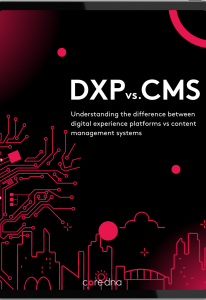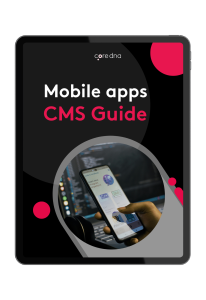The Difference Between Headless and Decoupled CMS
Headless CMS is a content management system with a decoupled architecture with the front end and back end separate. It provides an API for accessing and managing data but does not provide any type of front-end user interface or display. This means that a headless CMS always needs a team of developers to design and maintain the front-end, or in other words "the content looks way" and make sure it is delivered the right way.
On the other hand, a decoupled CMS is CMS with a decoupled architecture but still offers extra functionalities such as WYSIWYG editing, and templating tools so you don't have to start from scratch and don't need a developer for every change you want to make.“A decoupled CMS is proactive — it prepares content for presentation and pushes it into a delivery environment. A headless CMS is reactive — it manages content, then just sits and waits for some process to ask for it.”
In this guide, you'll learn:
- What is a headless CMS?
- The difference between headless and traditional CMS.
- What is a decoupled architecture CMS?
- Headless vs decoupled CMS.
- Things to consider when choosing a headless CMS.
- Headless CMS case studies.
Key Takeaways:
- Headless CMS is an API-first platform, front-end agnostic and future proof.
- Headless CMS requires a team of developers for maintaining and designing the user-experience.
- Headless CMS is not marketers friendly, required a fragmented tech stack and does not offer content preview
- Decoupled CMS offers the best of both worlds: headless with traditional CMS tools.
- Both type of CMS allow brands to create omnichannel experiences for their customers.
- You can personalize content and experiences for each user.







